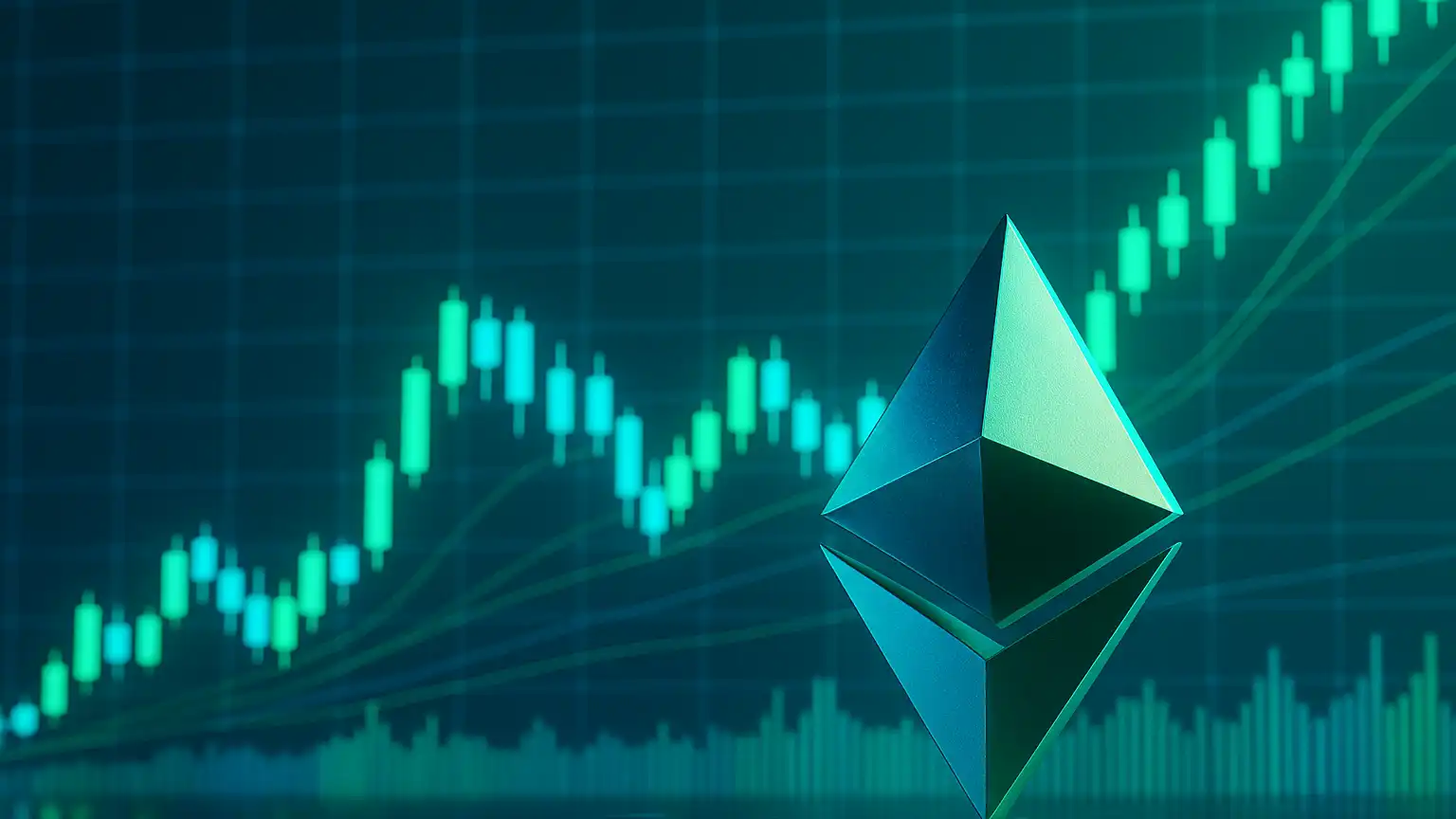Macro call meets on-chain momentum
Ethereum just earned one of the strongest endorsements on Wall Street’s crypto scoreboard. Market strategist Tom Lee characterized ETH as “one of the biggest macro trades over the next 10–15 years,” underscoring how the network’s evolving role in global finance is beginning to align with traditional capital-market rails. It is a call powered by structural drivers: a yield-bearing base asset via staking, a burn mechanism that tempers issuance, and now a maturing institutional wrapper through spot exchange-traded funds.
The result is a rare setup where macro, micro, and market structure rhyme. On the macro front, Ethereum sits at the center of tokenization and real-world asset issuance. On the micro level, post-Dencun scaling has slashed rollup costs and pulled more activity on-chain. And in market structure, regulated vehicles have created a compliant, familiar path for pensions, RIAs, and corporates to build exposure.
Institutions are placing their chips on ETH
The opening of spot ETH funds unleashed a new channel for demand, with multi-billion-dollar flows validating pent-up institutional interest. For corporates, the calculus is shifting from experimentation to balance-sheet strategy: treasurers can now hold a regulated ETH instrument, while still leveraging the network for payments, settlement, and tokenized liabilities.
Tokenization is the headline act. Investment funds, cash equivalents, and short-duration instruments have migrated onto Ethereum rails, giving institutions 24/7 transferability, faster settlement cycles, and programmable compliance. Stablecoins, increasingly backed by high-quality collateral, continue to settle massive volumes on the network and its rollups—an on-chain reflection of rising corporate comfort with permissionless settlement secured by Ethereum.
Why the 10–15 year horizon matters
Lee’s timeline is a nod to how technological and regulatory adoption curves actually play out. Over a decade, consensus upgrades, client improvements, and account abstraction can make crypto UX invisible, while rollups push costs toward internet-like price points. In parallel, the financial stack—fund issuance, collateral management, and settlement—can be rebuilt around tokenized primitives, with Ethereum acting as the global settlement layer and rollups hosting specialized, high-throughput markets.
The network’s economic engine is designed for this. Staked ETH provides a native, transparent yield for validators, while fee burn offsets issuance when activity rises. With a significant share of the circulating supply locked in staking, the float available to meet new demand shrinks during upcycles, a dynamic that has historically amplified price responses to inflows.
Scaling is no longer theory—it’s working
Since the Dencun upgrade, rollups have seen persistent cost compression, driving more transactions to layer-2s focused on DeFi, payments, gaming, and social. From generalized optimistic rollups to emerging zkEVMs, developers now ship on rails that inherit Ethereum’s security without sacrificing throughput. The L2 ecosystem’s rapid iteration cycle—coupled with shared settlement and data availability—creates a flywheel: cheaper transactions bring more users, which attract more builders, which increases fee burn and staking rewards.
For institutions, this matters less as an engineering feat and more as an operational reality: predictable costs, dependable finality, and composability across a common settlement layer are the ingredients for migrating real workflows onto chain.
Risks remain—but the curve is bending toward clarity
No secular thesis is linear. Regulatory interpretation around staking, disclosures for tokenized funds, and cross-border compliance will continue to evolve. Restaking and shared security introduce new surface areas that demand rigorous risk management. Competition from alternative layer-1s and appchains will remain a feature, not a bug, of an open ecosystem.
Even so, the direction of travel is constructive. The approval of spot ETH products marked a notable step toward regulatory normalization. Enterprise pilots have matured into production deployments. And Ethereum’s roadmap—further data-availability enhancements, stronger light clients, and user-friendly smart accounts—targets the friction points that still hold back mainstream adoption.
The bottom line
Crowded trades are often short-lived, but secular transformations are different. The bet institutions and everyday investors are making on Ethereum is not just price-based—it’s a wager on the network’s role as programmable settlement for the internet of value. If the next decade delivers on tokenized assets at scale, cheaper global payments, and seamless digital identity, Tom Lee’s long-duration call may age well. For now, the market’s message is clear: the chips are increasingly on ETH.



